James Gray, Conservative Member of Parliament for North Wiltshire, has expressed concern about cuts facing the Ministry of Defence at a Defence Select Committee meeting.
The Defence Sub-Committee had started an inquiry into the rapidly changing defence landscape in the Arctic and the potential implications for the UK.
Gray said in response to a question from Mark Francois asking:
“Are you concerned that many of the UK’s dedicated assets for cold-weather warfare are under threat of cuts, such as the Royal Marines and the amphibious assault ships?”
Gray reponded:
“Yes, I am. But then I am very much concerned that British military capabilities across the entire world are under threat of cuts, and I am determined that should not happen. I will be using my voice as best I can to prevent it happening.
The current mini-SDSR is a very real threat in many respects. Everywhere one looks in the defence world, one sees all kinds of relatively insignificant cuts occurring. Still, of the five exercises that are supposed to occur in Kenya every year, I gather this year there are only two. Things like that are pretty small beer, but they are being cut.
Therefore, yes, I am extremely concerned particularly about the Royal Marine capability, which we saw as a Committee earlier this year. It is absolutely second to none. It is really superb—both the training and to some degree the equipment, although there are areas of equipment that need to be improved.”
A former Defence Secretary recently warned that withdrawing the Albion class would ‘end British amphibious capability’. Lord Hutton was speaking during a debate on British defence forces in the House of Lords where he said:
“I am absolutely opposed to the United Kingdom acting unilaterally—for example, by announcing the end of our effective amphibious capability. I do not believe that the QE2 class carriers—they are brilliant ships and I am proud to see them serving in the Royal Navy—have the equivalent capability. Neither do the Bay class ships. They are incapable of supporting and mounting large-scale amphibious operations with the fighting vehicles that the Army now has.
Our experience in Iraq and Afghanistan led us, rightly, to conclude that they needed to be better protected: they needed to be stronger, heavier vehicles. We need “Bulwark” and “Albion” to retain that capability. So we must tread pretty carefully. I am all in favour of the defence industry co-operating with government in the efficiency review: I think they should. I am certainly in favour of our thinking carefully about how we use the overseas aid and defence budgets together to secure greater security results.
In the words of her operators, the Royal Navy, the role of the HMS Bulwark and HMS Albion, is to ‘deliver the punch of the Royal Marines ashore by air and by sea, with boats from the landing dock in the belly of the ship and by assault helicopter from the two-spot flight deck’.
The LPDs can carry 256 troops, with their vehicles and combat supplies, and this can be swollen up to 405 troops.
The ships act as the afloat command platform for the Royal Navy’s Amphibious Task Force and Landing Force Commanders when embarked. Read more here.


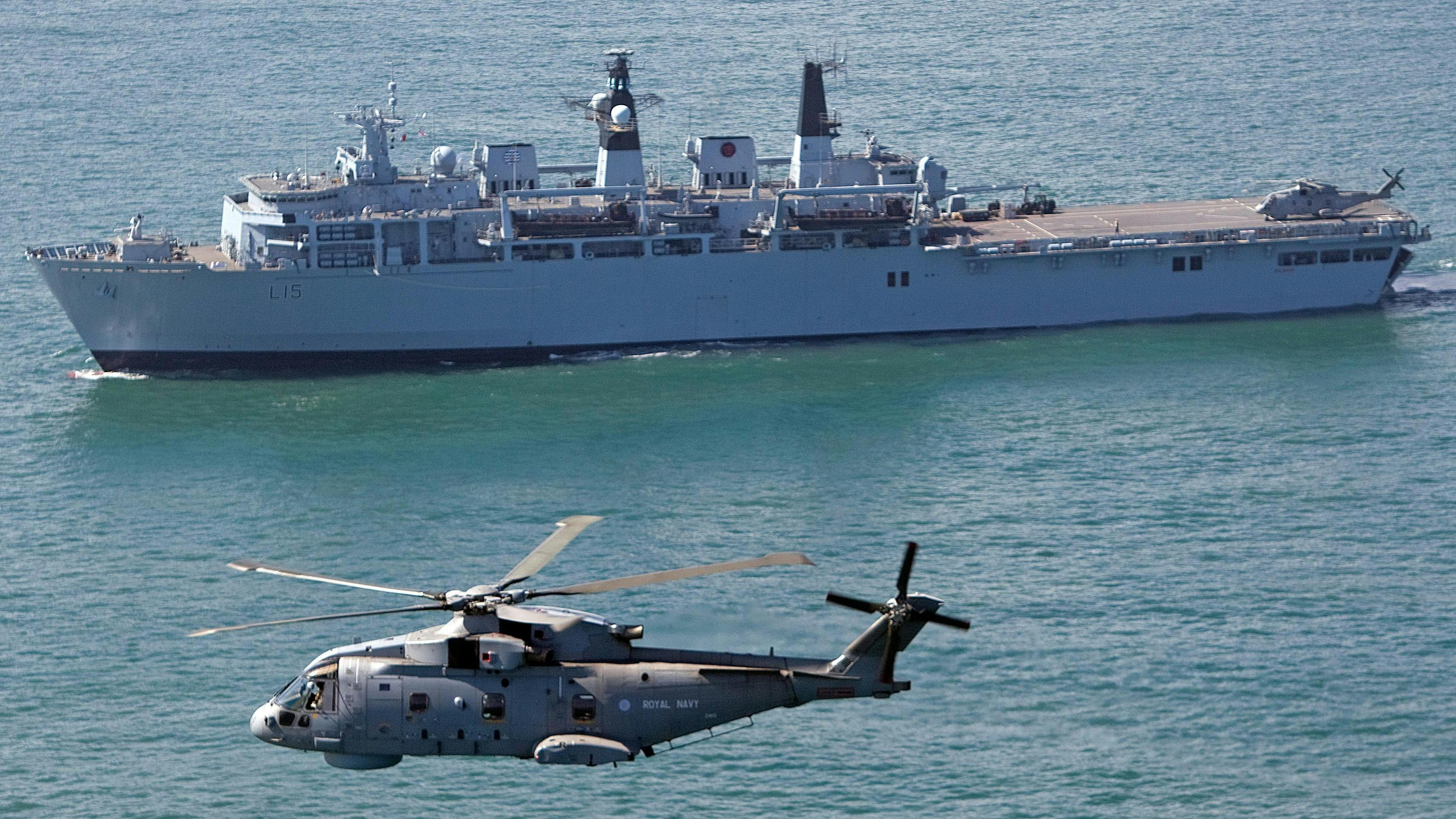
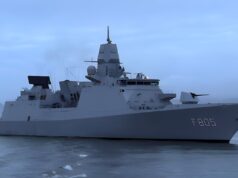
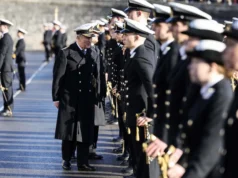

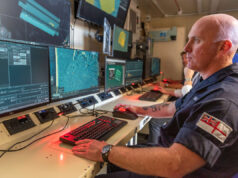
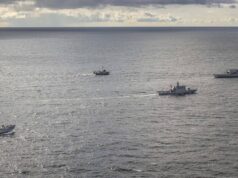

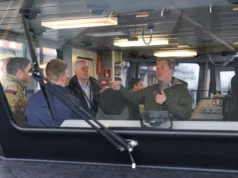
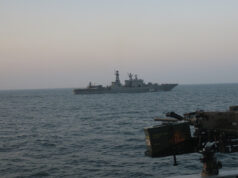
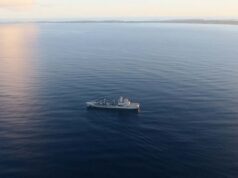
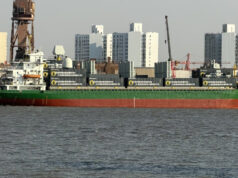

Fiscal planning must be a nightmare if you are involved in the review process and care deeply about UK defence. There are numerous options for a light readjustment or radical realignment, whichever is chosen, someone will be either ecstatic or disappointed, that’s the nature of budgets.
There is, however, need for caution, the post-Brexit military commitments may require a major rethink in how and where to deploy UK forces across the globe? One thing is for sure, the current EU thinking is to bolster the Union’s defences, even if that means diminishing its NATO commitments going forward. Such a situation could automatically require the UK to continue with its current policies, and ultimately considerably closer military ties with the USA in order to stabilise costs? Inevitably, future equipment planning and development could be amortized if we shared more programmes with the DOD? I do believe that’s where the UK’s military future should be heading, as Europe defines its future without direct UK participation.
Can you imagine the media reporting unarmed major UK warship lost 500 troops feared drowned? who would answer that one?
the u.k commitment to nato is to maintain the greenland gap in case of a mass breakout of russian submarine fleet into the north atlantic, and wherever possible maintain the sea lanes.that is mostly frigate work, but a bunch of semi obsolete type 23’s one or two type 26’s(eventually) an hopefully a worthwhile number of type 31’s, although these may never get off the drawing board(if there is one!).
BREXIT? i’m sick of hearing that bloody word
Get used to it. It is going to be very loud for the next 5 years at least.
i’m emigrating to a place without telly and other depressive media,£35 billion for the .e.u? so much for the country not being able to support itself.
Love it or hate it, Brexit will have a significant draw on UK defence, but I agree the word has become a historical datum, just as Pre and Post War or AD – BC in English usage.
where did CE come from?
if the french are offering the use of one of their mistrals, why not an option to buy?
even Egypt bought those 2 boats they built for the ruskies…bargains of the century i’m sure!
Pretty obvious. They need them. They are not going to sell us commissioned vessels. They are offering to let us deploy troops abroad them.
Simple solution:
Increase defence spending. If I hear NATO defence spending of 2% GDP again I think I will bust a gasket…
Voter need to hold their members to account, get a movement going which HM Gov cannot ignore.
Cuts lol they just spent 15 billion on new carriers and patrol vessels and F35
sod the f 35
we’re just getting ripped off by the yanks again